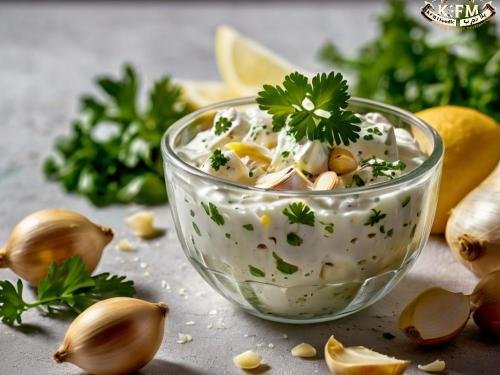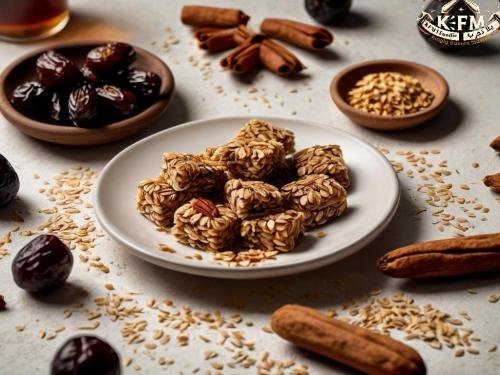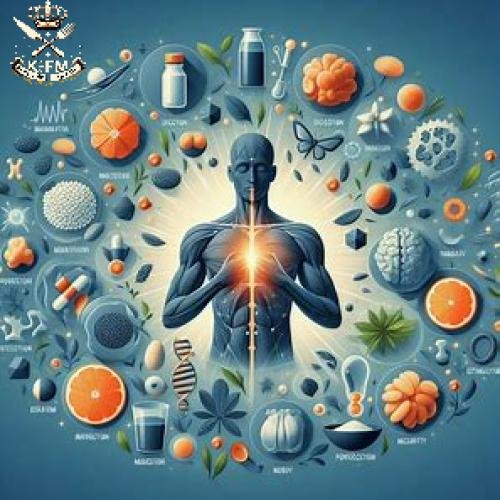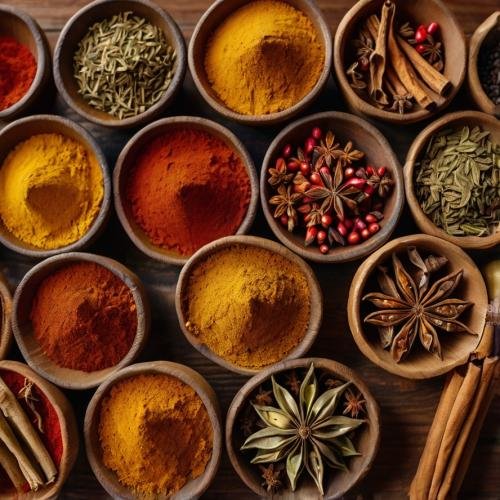Kabsa can be turned into a healthy and delicious meal. By using brown rice, which is rich in fiber, lean white meat, and fresh vegetables, we can benefit from a variety of essential nutrients such as proteins, vitamins, and minerals. These elements help to boost energy, strengthen the immune system, and improve digestion. Here are some simple steps to prepare it.
Here’s how to prepare Kabsa in a healthy and beneficial way:
Ingredients:
- 6 tablespoons of rice
- Skinless chicken breast or lean meat pieces
- Spicy sauce
- Mixed vegetables (such as carrots, onions, garlic, tomatoes, ginger)
- Healthy spices such as curry, turmeric, and salt
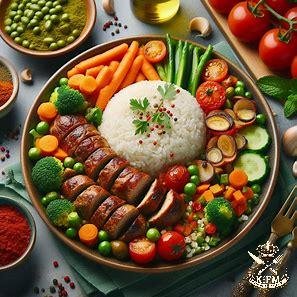
Preparation Method:
- In a deep pan, sauté the chopped onion, grated carrot, ginger, and garlic in corn oil or olive oil until the vegetables soften.
- Add the tomatoes and healthy spices and continue stirring until the flavors blend together.
- Add the chicken, which has been soaked in vinegar and lemon, cleaned, and well-drained, and stir the ingredients well.
- Add water to cover the chicken and let it simmer on low heat for 45 minutes until the chicken is fully cooked.
- Remove the chicken and add water, salt, and rice, which has been soaked for at least an hour.
- Add the hot pepper if desired and let the rice absorb all the water.
- Return the chicken to the pot, cover it, and let the rice cook completely, and you will enjoy your healthy and delicious meal.
Additional Information:
- You can increase the amount of salad or vegetables to boost metabolism.
- Choosing skinless chicken breast or lean meat makes the meal healthier.
- Using healthy spices like turmeric and curry enhances the nutritional value of the dish.
In this way, you get a healthy and nutritious Kabsa meal that meets your nutritional needs in a balanced and delicious way.
Note: This healthy Kabsa recipe is suitable for those who are interested in eating healthy and balanced meals and are looking for ways to prepare food in a healthy manner without compromising on flavor. It is not suitable for those who prefer high-fat or high-calorie meals without considering dietary balance.
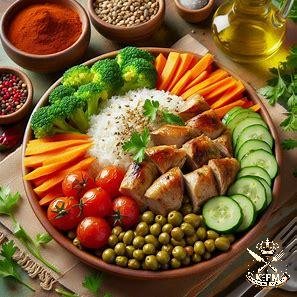
Caloric and Nutritional Values:
- 6 Spoons of Rice (Washed and Soaked):
- Calories: Approximately 150 calories per spoon (Total around 900 calories)
- Carbohydrates: About 33 grams
- Protein: About 15 grams
- Fat: About 1 gram
Benefits:
- Provides sustainable energy and contains carbohydrates and fiber.
- Dietary Fiber: Brown rice, in particular, is rich in fiber that helps improve digestion and promotes a feeling of fullness.
- Vitamins and Minerals: Rice contains some vitamins and minerals, such as thiamine, niacin, and magnesium.
- Skinless Chicken Breast or Lean Meat:
- Calories: Approximately 120 calories per 100 grams
- Protein: About 25 grams
- Fat: About 1 gram
Benefits:
- A rich source of protein essential for muscle building and overall health.
- Low Fat: Compared to other parts of the chicken, the breast meat has a lower percentage of saturated fat.
- Vitamins and Minerals: Rich in B vitamins, iron, and zinc.
- Various Vegetables (Onion, Carrot, Ginger, Garlic, Tomato):
- Calories: Varies according to the quantities of vegetables, but generally low
Benefits:
- Fiber: Helps improve digestion and regulate blood sugar levels.
- Vitamins and Minerals: Contains a variety of vitamins and minerals, such as Vitamin A, C, and potassium, which enhance the immune system and protect against diseases.
- Antioxidants: Help protect cells from damage caused by free radicals.
- Hot Sauce:
- Calories: Depends on the type and quantity of the sauce
Benefits:
- Antioxidants: Contains chemical compounds that act as antioxidants and protect the body from diseases.
- Improved Circulation: Helps dilate blood vessels and improve blood flow.
- Digestive Boost: Stimulates the production of digestive juices and aids in food digestion.
Additional Information:
- Calories can be reduced by following healthy cooking methods and using reasonable amounts of oils.
- Fiber and vitamin content can be increased by adding more vegetables and selecting a variety of them.
Please note that nutritional values may vary slightly depending on the quantities used and the specific cooking methods.















